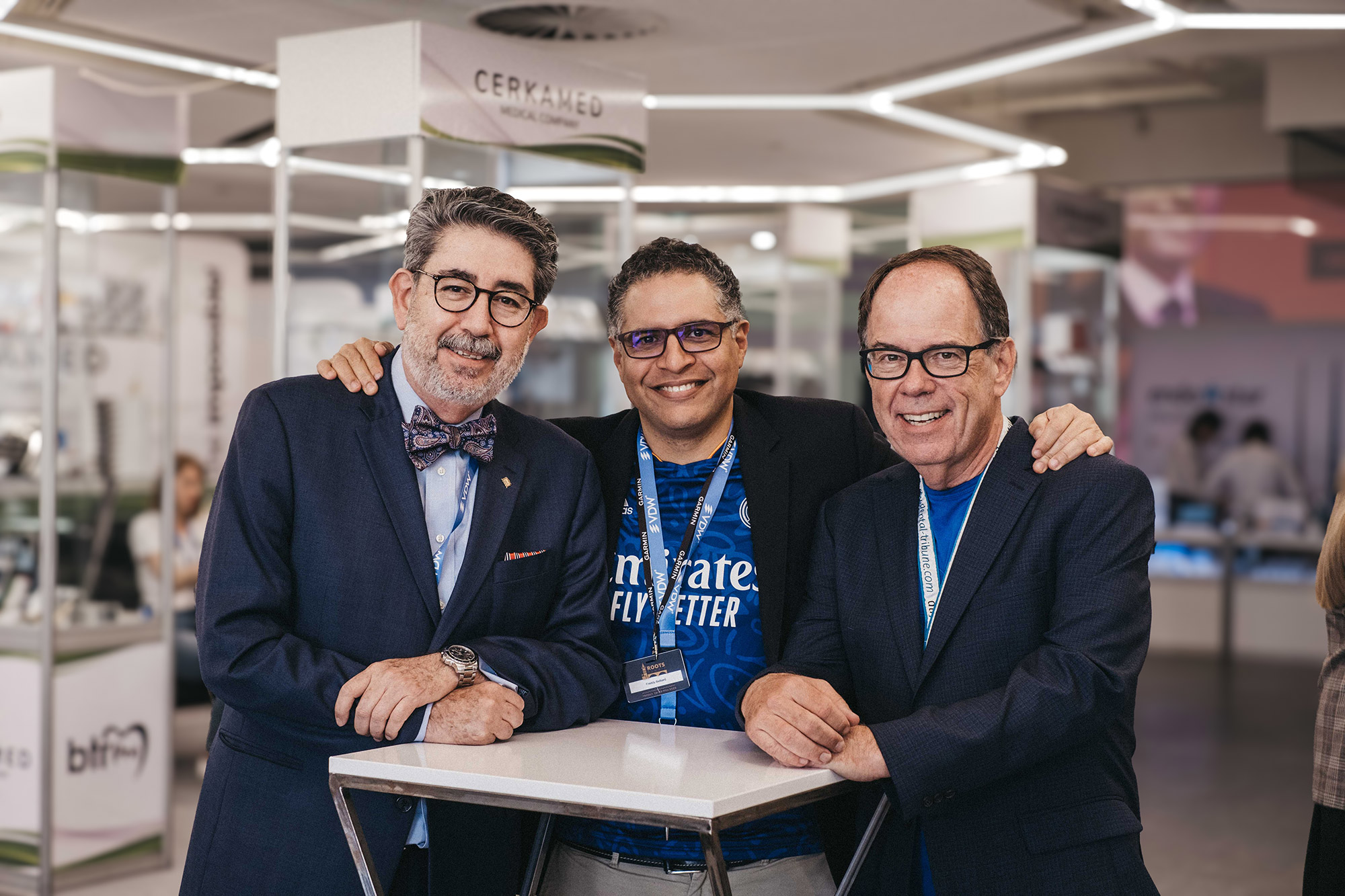Dr Rajiv Patel from the US will be a speaker at the upcoming ROOTS SUMMIT, which will take place from 9 to 12 May in Athens in Greece. His lecture will ...


9 to 12 May 2024
You can expect the great experiences that ROOTS SUMMIT participants always enjoy in addition to the same high-calibre level of clinical practice that members of the online endodontic study group have relied on for over 20 years. This includes practical information provided by panelists from nine countries and technique tips that can be immediately incorporated into improving practice. With participants joining from more than 50 countries, we look forward to seeing you in Athens.
The upcoming edition of ROOTS SUMMIT marks its 25th anniversary.
Come and celebrate with us!
David, Freddy and Steve



Book now to take advantage of the substantial savings now offered in our Early Bird - available only for a limited amount of time.
Book now:sharpen(level=0):output(format=webp)/up/dt/2023/11/ROOTS-SUMMIT_Dr-Rajiv-Patel.jpg)
Dr Rajiv Patel from the US will be a speaker at the upcoming ROOTS SUMMIT, which will take place from 9 to 12 May in Athens in Greece. His lecture will ...
:sharpen(level=0):output(format=webp)/up/dt/2023/09/ROOTS-SUMMIT-2024_Dr-Antonis-Chaniotis.jpg)
To make the wait for ROOTS SUMMIT 2024 a little sweeter, the organisers would like to spotlight some of the speakers for next year’s edition, which will ...
:sharpen(level=0):output(format=webp)/up/dt/2023/11/ROOTS-SUMMIT-calls-for-submissions-and-launches-roots-magazine-contest.jpg)
ATHENS, Greece: The ROOTS SUMMIT team is excited to invite dental professionals to submit their presentations for inclusion in the dynamic scientific ...
:sharpen(level=0):output(format=webp)/up/dt/2023/10/ROOTS-SUMMIT-2024_Dr-Josiane-de-Almeida.jpg)
As cancer treatments evolve, clinicians of all disciplines must also adapt their approaches to medical and dental treatments in order to best compensate for...
:sharpen(level=0):output(format=webp)/up/dt/2023/08/Dr-Ruth-Perez-Alfayate_ROOTS-SUMMIT-2024.jpg)
Registration for ROOTS SUMMIT 2024 is open, and the organisers would like to introduce some of the great speakers and their lecture topics for next year’s...
:sharpen(level=0):output(format=webp)/up/dt/2023/07/ROOTS-SUMMIT-2024-registration-is-now-open.jpg)
ATHENS, Greece: The ROOTS SUMMIT organisers are pleased to announce that online registration for the endodontic meeting is now open. This highlight event...
:sharpen(level=0):output(format=webp)/up/dt/2023/05/ROOTS-SUMMIT-2024_Header.jpg)
ATHENS, Greece: After a successful event in Prague in the Czech Republic in May 2022, which was attended by more than 400 people from 42 countries, the ...